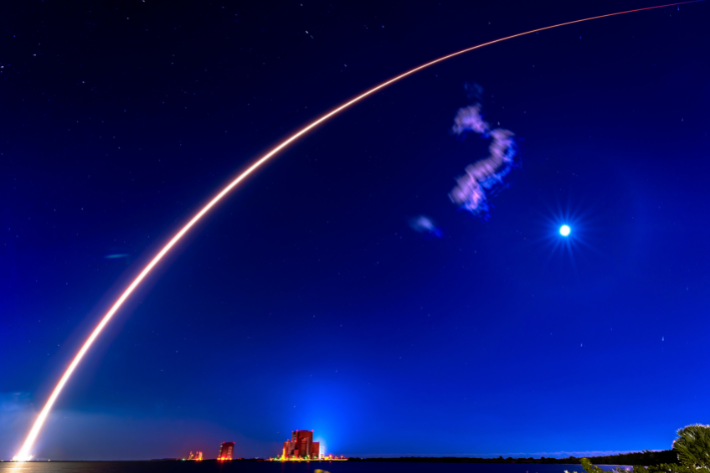The United States and Japan will discuss military agreements when defence officials from the two countries meet in Washington on Wednesday.
The agreements relate to key defence issues in the northern Pacific and outer space, papers in Japan said on Tuesday.
The US wants to deploy Marine Corps units across Japan’s Okinawa islands over the next three years, armed with missiles and lighter gear to deter China’s military, according to reports by Yomiuri newspaper, Japan Times and Reuters.
The US has already told Japan about the rejig of its forces, which it will announce after the two-plus-two meeting in Washington on Wednesday between Japan’s ministers of defence and foreign affairs and their US counterparts, the papers reported.
The two allies – key members of the Quad security alliance along with Australia and India – have also decided that Article 5 of the Japan-US Security Treaty, which obliges the US to defend Japan, will also apply to attacks in outer space, Yomiuri Shimbun reported on Tuesday.
The policy foresees attacks on Japanese satellites and other targets, so Japanese satellites will be defined as under Japanese administration. Four years ago, Article 5 was also expanded at a 2-plus-2 meeting to include large-scale cyberattacks.
A reason for the outer space decision was recent efforts by China and Russia to develop “killer satellites,” which can incapacitate satellites, the report said, which had increased “concerns over cyberattacks on satellites and receptors of satellite data”. This had lead to Article 5 being expanded to deter such attacks, it said.
ALSO SEE:
China Hits Back at Japan, South Korea over Covid Curbs
Marines in Okinawa
Meanwhile, the creation of new US Marine units, called Marine Littoral Regiments, is part of a major reorganisation of the US Marine Corps outlined by its commandant, General David Berger, in 2020 in his Force Design 2030 paper.
At the time Berger said he wanted those units to work closely with Japan’s Self Defense Forces to prevent easy access to the Pacific for China’s military.
In response to a question about the possible deployment of the new units, Chinese foreign ministry spokesman Wang Wenbin told a regular briefing on Tuesday that bilateral military cooperation between the US and Japan “should not harm the interests of third parties and regional peace and stability.”
Under the littoral regiment concept, the Marines are cutting aircraft numbers, and dumping most of their cannon artillery and heavy armour in favour of smaller “dispersed” forces equipped with missiles and drones that can operate in contested areas.
Japan hosts 18,000 US Marines, the biggest concentration outside the United States. Most are in bases on the main Okinawan island, which is part of a chain that stretches along the edge of the East China Sea to within about 100 km (62 miles) of Taiwan.
That large US military presence has fuelled local resentment, with Okinawa’s government asking other parts of Japan to host some of the force. Although reorganisation may not increase the number of Marines in Okinawa, dispersing them could mean a broader presence along the island chain.
- Jim Pollard with Reuters
ALSO SEE:
Japan to Double Defence Outlay for $320 Billion Military Build-up
Japan May Ease Military Export Rules Amid Defence Revamp
Japan Plans Major Arms Buildup as China Eyes Taiwan Takeover





















